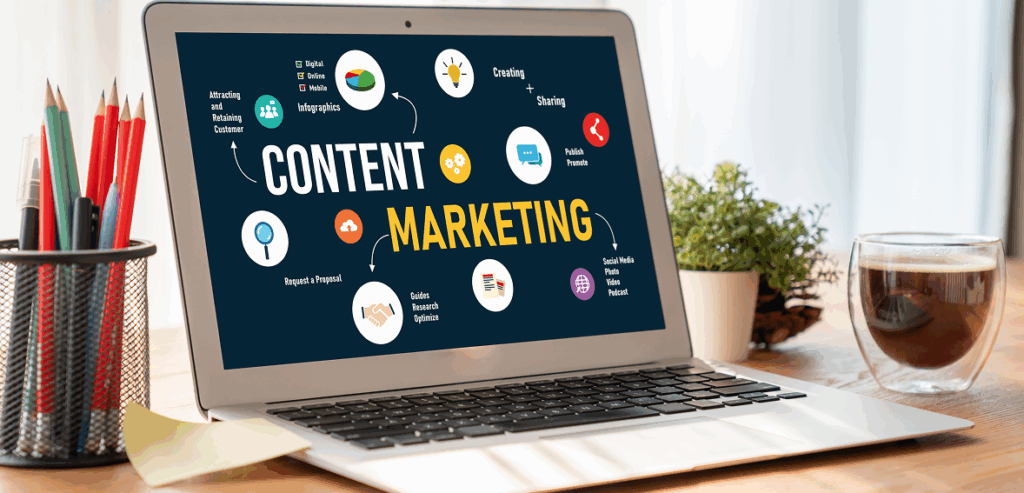
SEO Checklist for New Online Stores (Get Indexed and Ranking Fast)
Launching an online store is exciting, but no matter how great your products are, if customers can’t find your store, you won’t make sales. This is why SEO (Search Engine Optimization) is one of the most important tasks for every new e-commerce business. A strong SEO foundation helps your store get indexed by Google, rank for relevant keywords, and attract free, organic traffic. Unlike paid ads, which stop when your budget runs out, SEO is a long-term investment that keeps bringing in visitors and sales. This guide is a complete checklist for new store owners who want to get their websites ranking quickly. From technical setup to on-page optimization and off-page strategies, you’ll learn every step needed to make sure your store is visible to potential customers.
Step 1: Technical SEO Basics for New Stores
Before you start optimizing product descriptions and adding keywords, your website must be technically sound. Technical SEO ensures that search engines can crawl and index your site properly. Start by setting up your domain on a reliable hosting service and make sure your site has an SSL certificate (HTTPS). Google prioritizes secure sites, and customers trust them more. Next, set up Google Search Console and Google Analytics. Search Console helps you monitor indexing issues, keyword performance, and crawl errors, while Analytics tracks visitor behavior. Submit your sitemap to Google Search Console so search engines know where to find all your store’s pages. Make sure your site is mobile-friendly, as more than 60% of online shopping is done on mobile devices. Use Google’s Mobile-Friendly Test to verify. Finally, check your page speed with tools like GTmetrix or PageSpeed Insights. Slow websites hurt rankings and conversions, so compress images, use caching plugins, and consider a Content Delivery Network (CDN).
Step 2: Keyword Research for Online Stores
The next step in your SEO checklist is keyword research. You want to find the exact words and phrases that customers type into search engines when looking for your products. Start with free tools like Google Keyword Planner, Ubersuggest, or AnswerThePublic. Paid tools like Ahrefs and SEMrush give even deeper insights. Focus on a mix of short-tail keywords (broad, high-volume terms like “women’s shoes”) and long-tail keywords (specific, lower-volume terms like “affordable women’s running shoes”). Long-tail keywords usually have less competition and higher conversion rates. Create a keyword list for each product category and individual product. For example, if you sell eco-friendly water bottles, some target keywords could include “reusable eco water bottle,” “BPA-free bottle,” or “sustainable hydration bottle.” Remember to also research competitor keywords. Look at the top-ranking stores in your niche and analyze which keywords drive traffic to them.
Step 3: On-Page SEO Optimization
Once you have your keywords, apply them strategically across your site. Every page, especially product and category pages, should have an optimized title tag and meta description. Title tags should include the primary keyword and brand name, while meta descriptions should be compelling summaries that encourage clicks. Optimize your URLs by keeping them short, descriptive, and keyword-rich. For example, www.mystore.com/products/eco-water-bottle is better than www.mystore.com/p1234. Use H1, H2, and H3 headers properly, with keywords naturally placed. For product descriptions, don’t just copy manufacturer text—write unique, benefit-driven content that answers customer questions while including keywords. Add alt text to all product images, which helps Google understand your visuals and improves accessibility. Use internal linking to connect related products and blog posts, which distributes SEO authority across your site.
Step 4: Blogging and Content Marketing

A blog is one of the most powerful SEO tools for e-commerce. Search engines love fresh content, and blog posts give you a chance to target additional keywords beyond your product pages. Create educational and helpful content around your niche. For example, if you sell fitness gear, you could write “Top 10 Home Workout Accessories” or “How to Choose the Right Yoga Mat.” Each post should be optimized with keywords in the title, headers, and body. Include internal links to your products and categories. Long-form blogs (2000+ words) tend to rank better because they cover topics in depth. Consistency is key—publish at least one to two posts per week if possible. You can also create content like buying guides, tutorials, product comparisons, and customer stories. These not only improve SEO but also build trust with your audience.
Step 5: Building Backlinks and Off-Page SEO
Backlinks are one of the strongest ranking factors in Google’s algorithm. A backlink is when another website links to yours, signaling that your site is trustworthy and valuable. Start by listing your store on online business directories, niche marketplaces, and review sites. Reach out to bloggers and influencers in your industry and offer free product samples in exchange for a review or feature. Guest posting on relevant blogs can also generate backlinks. Another strategy is digital PR—create newsworthy content like reports, case studies, or unique data, and pitch it to journalists. Social media signals also support SEO. While social shares themselves don’t count as backlinks, they drive traffic and brand awareness, which indirectly boosts rankings.
Step 6: Local SEO for Small Businesses
If your online store also has a physical location, local SEO is critical. Set up and optimize a Google Business Profile with your business name, address, phone number, and website link. Add high-quality images of your store or products. Encourage happy customers to leave reviews, as positive ratings improve both SEO and conversions. Use local keywords in your content, like “handmade jewelry shop in New York” or “organic coffee store in Austin.” Add location-specific landing pages if you serve multiple cities. Local SEO ensures you show up in Google Maps and “near me” searches, which are growing rapidly.
Step 7: Optimizing for User Experience (UX)

SEO isn’t just about keywords and backlinks—it’s also about creating a positive experience for users. Google measures metrics like bounce rate, dwell time, and click-through rates to evaluate site quality. Make your site easy to navigate with a clear menu and search function. Ensure your checkout process is simple, with minimal steps. Add trust signals like secure payment icons, money-back guarantees, and customer testimonials. Use high-quality product images and videos to help shoppers make informed decisions. A seamless, engaging user experience leads to higher conversion rates and stronger SEO performance.
Step 8: Tracking and Measuring SEO Success
SEO is an ongoing process, so tracking performance is essential. In Google Analytics, monitor organic traffic growth, bounce rates, and conversion rates. In Google Search Console, check which keywords you’re ranking for, which pages get the most impressions, and if there are crawl errors. Use SEO tools like Ahrefs or SEMrush to track keyword rankings over time. Set monthly goals for traffic and conversions. If certain pages aren’t performing, update content, add new internal links, or improve product descriptions. Continuous optimization is the key to climbing search engine rankings.
Step 9: Common SEO Mistakes New Stores Make
Avoiding mistakes is just as important as implementing strategies. One of the biggest errors is using duplicate product descriptions, which can hurt rankings. Another mistake is ignoring mobile optimization—remember, most shoppers use smartphones. Many beginners also forget to set up analytics tools, leaving them blind to performance data. Don’t neglect meta titles and descriptions, as they impact click-through rates. Finally, avoid keyword stuffing. Overusing keywords looks unnatural and can trigger Google penalties. SEO should always enhance user experience, not detract from it.
Conclusion
SEO may seem overwhelming at first, but with a step-by-step checklist, it becomes manageable. Start with technical SEO to ensure your store is crawlable, then research the right keywords, optimize your product pages, and build authority through backlinks and content marketing. Over time, your online store will attract consistent, high-quality traffic without relying solely on ads. Remember, SEO is not an overnight strategy—it’s a long-term investment that pays off in sustainable growth.
FAQs
How long does it take for a new online store to rank in Google? It usually takes three to six months to see significant ranking improvements, though some results may appear earlier.
Do I need a blog for my store? Yes, a blog helps target more keywords, drives traffic, and positions your brand as an authority.
What is the easiest SEO win for beginners? Optimizing meta titles, descriptions, and product images often brings quick improvements.
Is SEO better than paid ads? Both have value. Ads bring instant traffic, while SEO builds long-term, free traffic.
Can I do SEO myself or should I hire an expert? You can handle the basics yourself, but as your store grows, hiring an SEO expert may speed up results.